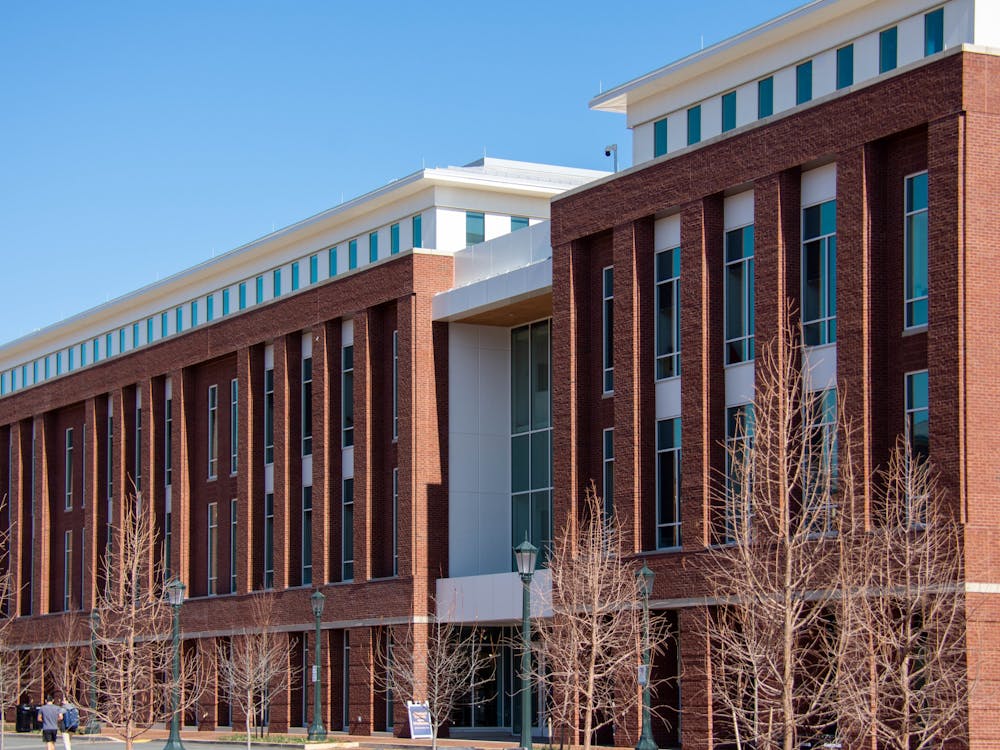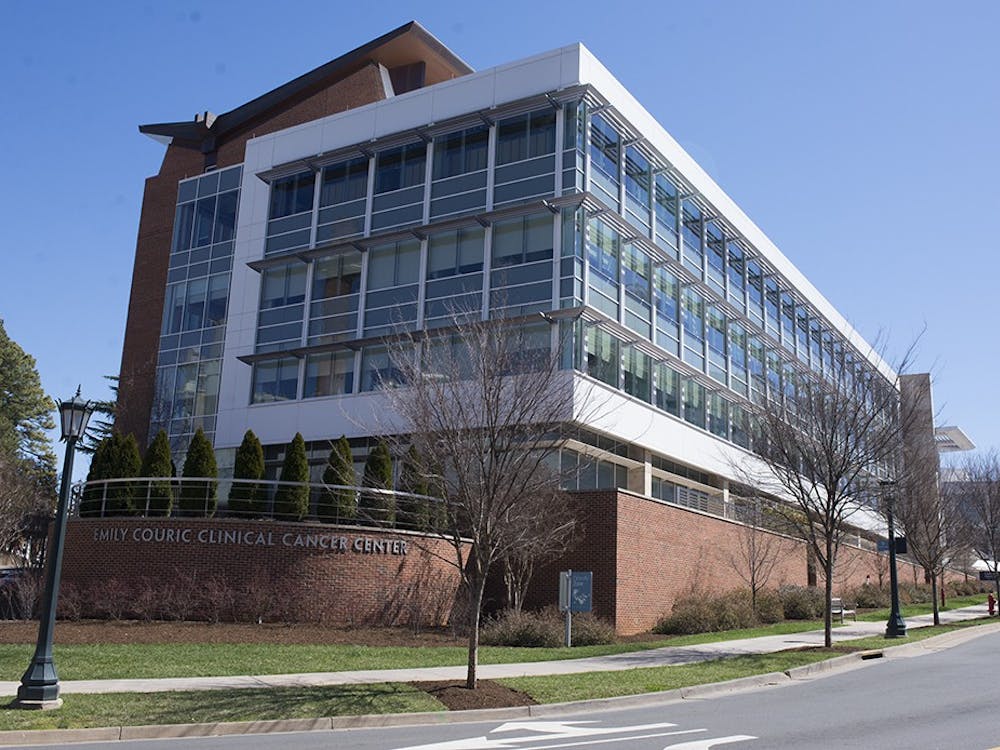University physicists working with colleagues from the Fermi National Accelerator Laboratory made significant advancements last week in their search for the Higgs boson particle, which scientists believe attracts all other particles, causing them to accumulate mass.
This particle, first introduced by English physicist Peter Higgs, may prove pivotal in understanding the reasons behind the existence of matter and, therefore, the universe's creation.
Researchers use high-energy colliders, such as the Tevatron and Large Hadron, to gather trillions of data points, hoping to find clues which lead to a better understanding of the particle.
The Large Hadron collides protons, creating smaller subatomic particles. Another collider - the Tevatron - uses protons and antiprotons to create the subatomic particles.
The Higgs boson particle decays and stabilizes as soon as the high-energy collider creates it, allowing physicists to eliminate the possibility of other processes tracing its decay pattern.
Researchers have successfully narrowed down the size of the Higgs particle to a mass between 115 to 135 volts, about 125 times larger than a proton.
Many University faculty members, graduate students and post-doctoral researchers in the University's High Energy Physics Group are actively involved with the Higgs research project, especially with the collection and analysis of data from the Tevatron and Large Hadron Collider.
-compiled by Mary Pothen






